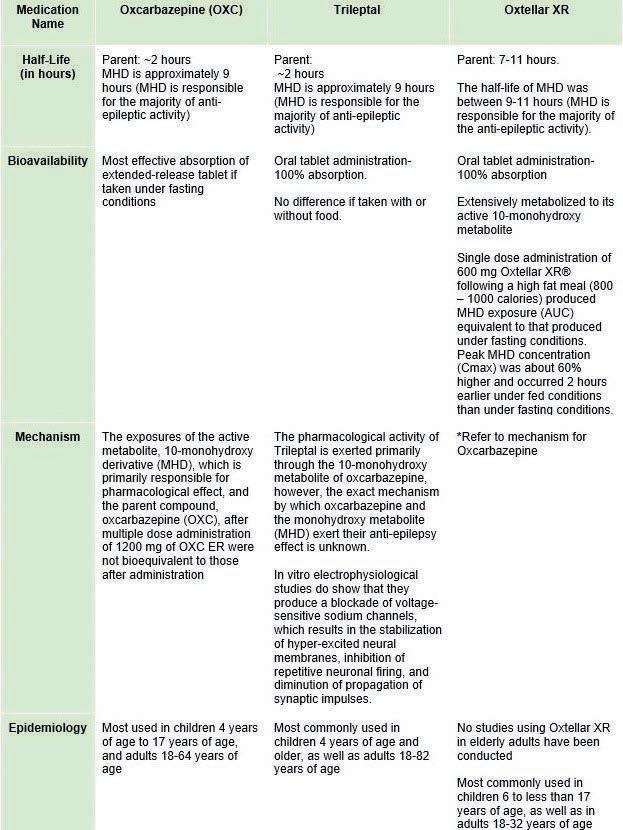Scholarly Research In Progress • Vol. 5, November 2021
Characterizing the Behavioral and Cellular Effects of the R904S Variant of OPA1 as a Tourette Disorder Probable Risk Gene Kinza Abbas1† and Cara Nasello2 ¹Geisinger Commonwealth School of Medicine, Scranton, PA 18509 ²Rutgers University, Piscataway, NJ 08854 † Doctor of Medicine Program Correspondence: kabbas@som.geisinger.edu
Abstract Tourette disorder (TD) is a heritable neuropsychiatric and developmental disorder characterized by motor and vocal tics. TD has a complex heterogenous etiology which makes the identification of genes linked to the disorder challenging. However, previous studies have identified optic atrophy 1 (OPA1) as a probable risk gene for Tourette disorder through whole exome sequencing analyses of de novo mutations. The OPA1 protein localizes to the inner membrane of mitochondria in cells throughout the body, where it regulates mitochondrial morphology and function. The Tischfield lab has identified a TD patient with an OPA1 missense mutation, R904S, which we hypothesized would result in abnormal behavioral activity in mutant mice and/or affect the cellular function of mitochondria. We utilized several behavioral paradigms, including motion sequencing, the open field arena test, the marble burying task, and prepulse inhibition. These paradigms test various factors, such as behavioral dynamics, motor activity levels, and sensorimotor gating. To understand the cellular characterization, we observed whole brain expression of the protein, protein expression levels in different brain regions and mitochondria of cortical neurons. Preliminary results of mitochondria imaging show potential mitochondrial aggregates in heterozygous and homozygous mutant cortical neurons, which could indicate an increased preapoptotic state of mutant cells. Although the results of the remaining assays have been inconclusive, there are many variables that complicate the studies. For a better understanding of the variant, mitochondrial function should be tested in the future, such as oxidative phosphorylation activity, cytochrome c levels and reactive oxygen species levels. Cytochrome c levels and apoptosis assays especially should be conducted to better understand the nature of the observed mitochondrial aggregates. Identifying possible behavioral or cellular abnormalities of this variant is an important step in characterizing the mutation, determining its potential role in TD pathology, and developing potential clinical treatments for TD in the future.
Introduction Tourette disorder Tourette disorder (TD) is a heritable neuropsychiatric and developmental disorder characterized by waxing and waning motor and phonic tics, which are defined by the DSM-V as sudden, rapid, recurrent, semi-voluntary, and nonrhythmic motor movements or vocalizations. The condition is three to four times more likely to occur in males than females and according to the Centers for Disease Control and Prevention, TD diagnosis requires a person to exhibit 174
at least two motor tics, at least one vocal tic and experience persistent symptoms for at least 1 year, with an onset before the age of 18 (1). Therefore, although TD is a tic disorder, not all tic disorders can be classified as TD. The disorder is often comorbid with other neuropsychiatric disorders — most commonly obsessive-compulsive disorder (OCD) and attention deficit hyperactivity disorder (ADHD). However, autism spectrum disorders (ASD), depression, and anxiety disorders may also be present. This overlap in disorders implies a shared neurological background and a genetic influence. Additionally, family and twin studies have established a strong genetic influence behind TD (2). In studies of premonitory urges, which are often experienced by TD patients, it is reported that these urges were more bothersome than tics, allowed them to better suppress their tics and that their tics were a response to these urges (3). Altogether, these findings demonstrate the complexity of TD etiology, which appears to involve a combination of psychological, neurological, and motor circuitry. This makes it challenging to pinpoint exact pathways or genes contributing to the disease. Optic atrophy 1 (OPA1) Previous whole-exome sequencing studies have found significant evidence for de novo gene-disrupting variants in TD (4). This study was expanded and optic atrophy 1 (OPA1) was specifically identified as a de novo probable risk TD gene (5). It has been heavily studied for its role in dominant optic atrophy (DOA), which is a neuro-ophthalmic disorder characterized by degeneration of the optic nerve. The OPA1 protein is a dynamin GTPase that mediates inner membrane fusion and enzymatic reactions for membrane remodeling, which in turn regulate mitochondria energetics. A major feature of the inner membrane is the cristae, which are invaginations of the membrane that have important proteins embedded, such as the electron transport chain complexes. OPA1 proteins oligomerize in the cristae to maintain cristae tightness and to function as a regulatory gate. OPA1 proteins also complex between inner membranes of fusing mitochondria to carry out inner membrane fusion (6). Upon apoptosis signaling, OPA1 oligomerization alters cristae structure to allow cytochrome c release (7). The protein’s role in membrane dynamics in turn impacts mitochondrial bioenergetics and general functionality. Mitochondrial dynamics, or the balance between fission and fusion, mediates mitochondrial quality control (MQC). The organelle maintains homeostasis by enforcing the following controls: (a) shifting morphology between filamentous or fragmented according to the energetic demands of the cell, (b) fusing dysfunctional mitochondria to mitigate damage, (c) mitochondria fragmentation, membrane permeability and cytochrome c release signal apoptosis (8).












































